Lens Size… Does it Matter?
Nothing announces your photography skills better than making an entrance with your big lens on full display. The bigger the lens, the better the photographer. But what does all this heavy glass really mean to you? How much length do you really need to satisfy your drive to make art… or at least take a picture of those beautiful mountains and the valley below? Here are some comparison shots I took with a few lenses I had in my bag the other day.
Bored out of my mind
I was visiting a well known eagle nest early May along the Susquehanna River where three eaglets had just hatched a few weeks before. As I pulled up along the road to view the nest, the one parent hanging out there saw me arrive. What did he do? Take off! Get out of there! This was a great opportunity to wreck my day. So I set up my equipment anyway and waited for one of them to come back. And I waited…. and I waited…. The dad finally did return for about a 5 minute rest so I grabbed a profile shot or two.
Bored and wondering if I should see an analyst, I shot the stupid nest with the Canon lenses I had in my bag so you can see what each of them do for pulling in a shot. I set each of my two zoom lenses at their extremes. I suspect I was about 300 feet, line of sight, to the nest. So, lenses and comments:
- 20mm f.2.8 USM – I like this wide angle lens but it gets a bad rap in reviews. I don’t know why, as it is sharp and very versatile. Check out my NYC pics here where I used this lens. Unfortunately, my brain is not wired to shoot wide angle so I don’t use this lens very much. I think it is a good value at $540 and can be found for much less on the used market. Compare this nest shot with the 24mm shot using the 24-105 L lens. Note this 20mm prime lens has much less distortion (i.e., bending or fish-eye distortion) than the 24-105 zoom at 24mm. Reviews of this 24-105 zoom have pointed out this distortion but I am pretty surprised that a Canon lens designated as an “L” lens, Canon’s top of the line professional series, has so much of this distortion. Just look at the bending in the fence. This bending is really bad for shooting vacation shots in cities where it really shows in buildings and other structures. I like a wide angle lens when I travel but when you are taking wide angle pictures in a city, well, these bending distortions make your pictures look awful.
- 24-105 L f/4.0 IS – This is one of Canon’s professional “L” lenses and is a kit lens with some of Canon’s professional camera bodies. This lens is sharp and image quality is very high. Read my comments above in the 20mm lens about its disappointing wide angle distortions. Another issue I have with this lens is that its focus is not always spot-on accurate. Good enough I guess but this is an “L” lens and my expectations are higher than this lens delivers on wide distortion and focus performance. I also had to use the micro focus adjustment in my camera to get focusing acceptable. A great all around lens but should be a bit better in my opinion to earn its “L” designation: $1,150
- 70-200mm L f/2.8 IS II -This is one of Canon’s finest zoom lenses and one of the lenses I use the most. Notice there is virtually no detectible distortions (bending) at either end of the zoom range. f/2.8 means this lens can open up really wide allowing shots in lower light and the ability to blur backgrounds. I shoot macro with it by adding a thin extension tube between the lens and camera body. Unfortunately, all this quality and wide aperture capability comes at a price: $2,500 Tip: get the f/4 version which is way less expensive at around $1,300 and just as fantastic.
- 500mm L f/4 IS – This is just one wonderful piece of lens engineering. I love this thing. Read more about how I purchased it used and some issues I had with this lens by clicking here. I paid $5,700 for this monster used when this lens was $7,000 new. Now discontinued, its replacement is a whopping $10,400 model II. Sorry Canon, but your prices are getting stupid. You used to be the value leader but now you are turning your success into price gouging. There is no reason for this.
- EF 1.4X II extender (teleconverter) – This unit increases the length of compatible lenses by a factor of 1.4. So it turns my 500mm into a 700mm Hindenburg. Unfortunately, I feel the picture quality degradation it brings is not worth it. I use it now only to shoot eagles where I need the extra millimeters but I really don’t like it. Click here for more of my comments on this lens add on. I paid around $300 for this new but it is now discontinued and replaced by the model III selling (gouging) for $500. Canon is getting greedy with these newer lenses.
The pics below are also in the gallery at the top of this page in the same order.
Canon 20mm 20mm 2.8 USM:
Canon 24-105 L f/4.0 IS at 24mm and 105mm:
Canon 70-200mm L f/2.8 IS II at 70mm and 200mm:
Canon 500mm L f/4.0 IS and with Canon EF 1.4x II extender (teleconverter) giving 700mm:
Crop vs full sensor
Regardless of your camera or sensor size, these pictures accurately depict the relative perspectives of different focal length lenses. To understand what sensor size does to perspective, click here for my blog piece to see the difference.
Cows and Pastures
I shot these cows and pastures with the 24-105mm lens near the Susquehanna River. I am not good at landscapes and these scenes looked really great before I snapped the shutter. Oh well, gotta keep practicing and learning.
The Equipment:
- Canon 5D MkII
- Canon 20mm 2.8 USM
- Canon 24-105 L f/4.0 IS
- Canon 70-200mm L f/2.8 IS II
- Canon 500mm L f/4.0 IS
- Canon EF 1.4x II extender (teleconverter)
- Gitzo 3530LS carbon fiber tripod
- Wimberley II gimbal head
- LightRoom 4

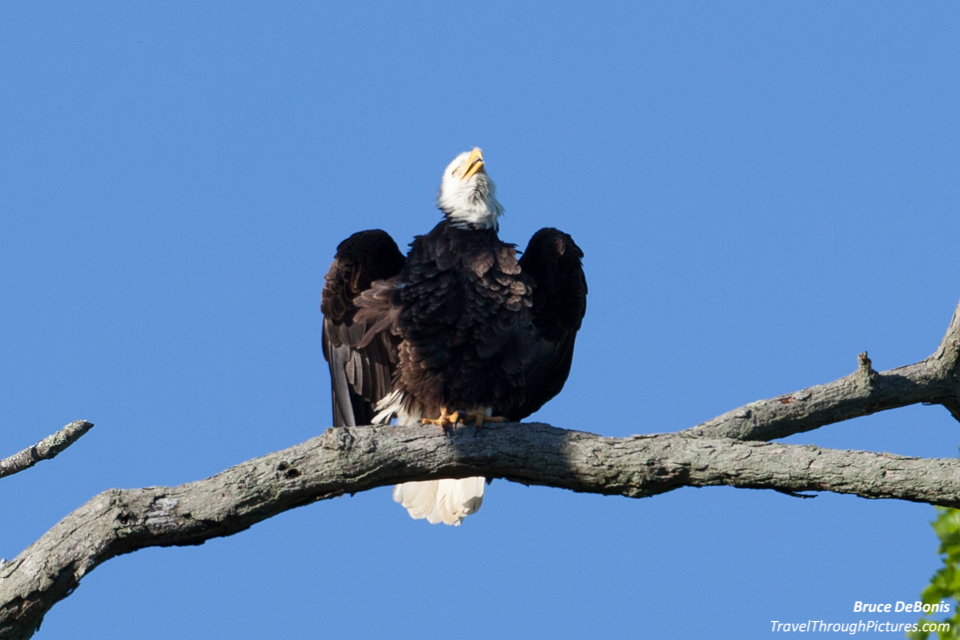

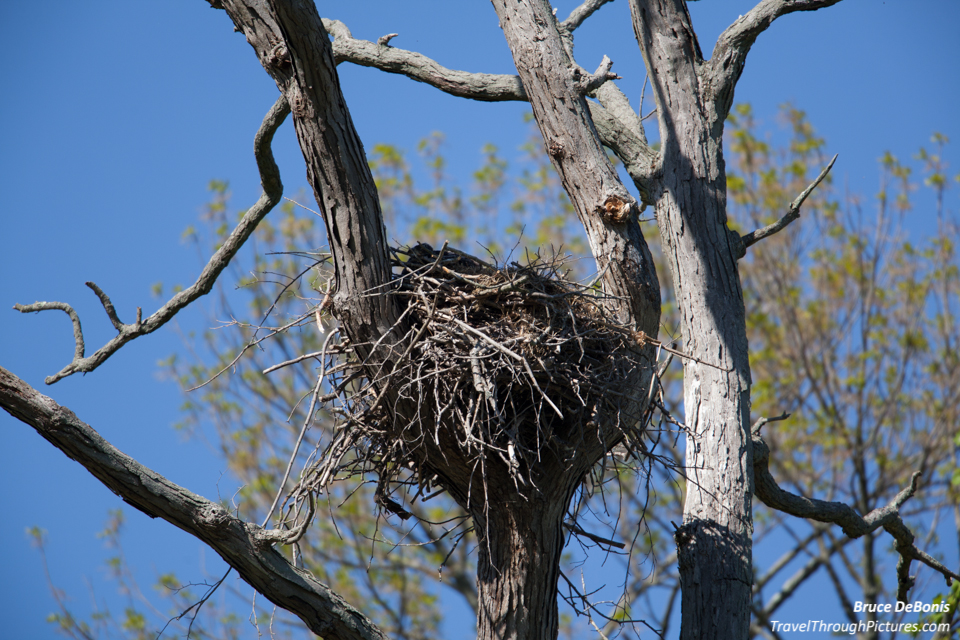
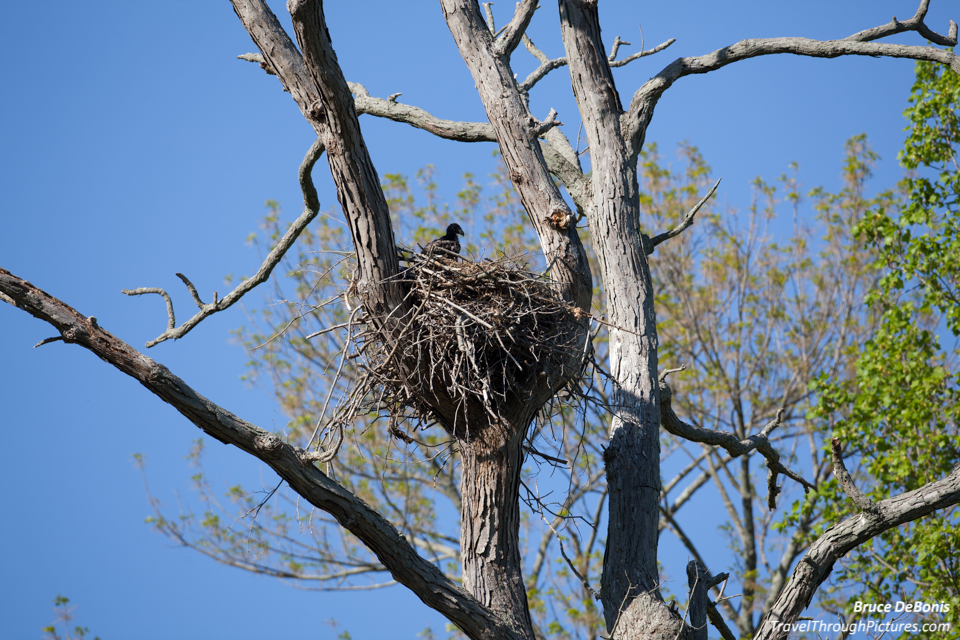
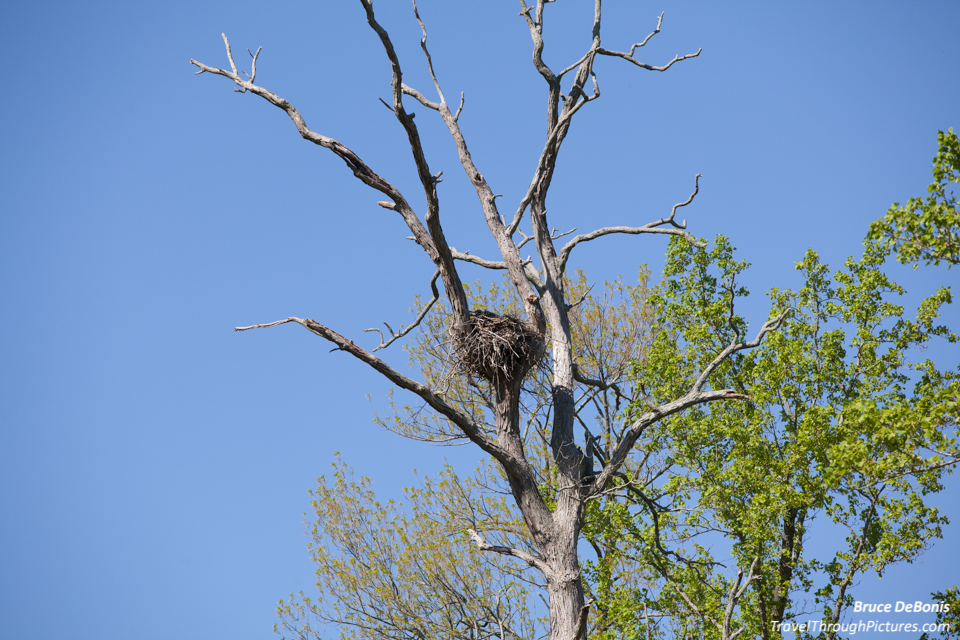


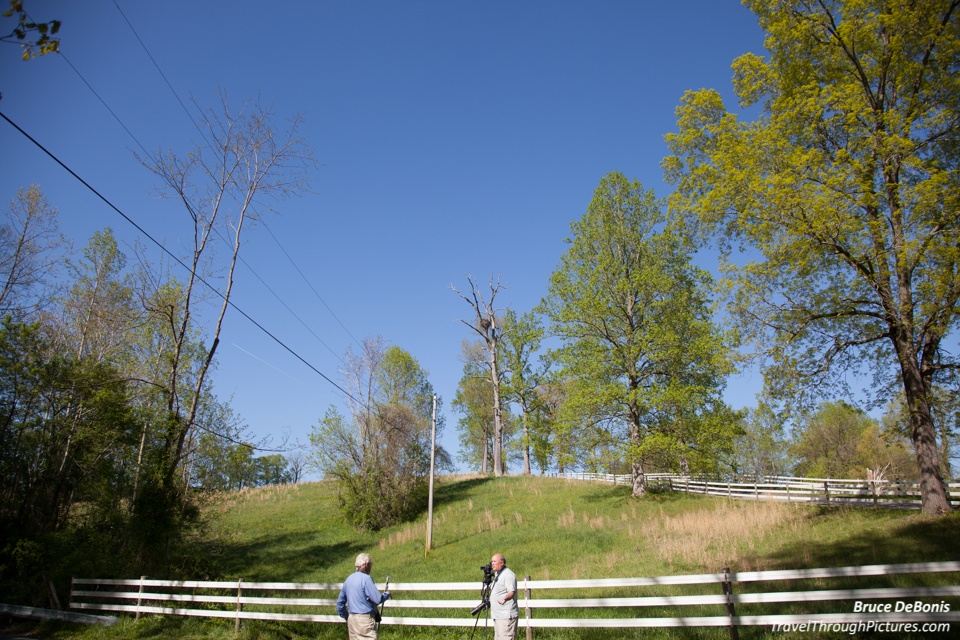
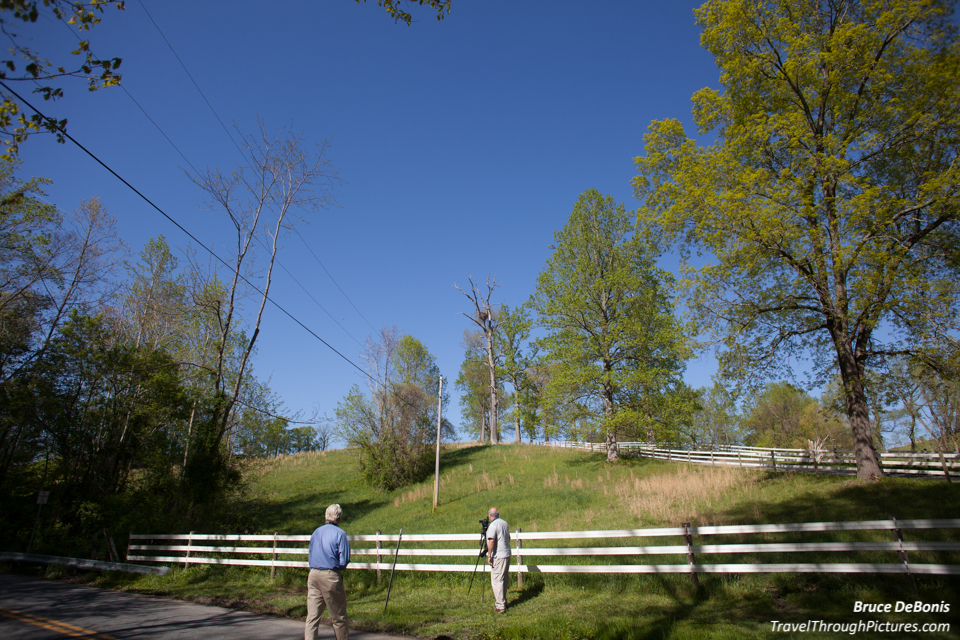

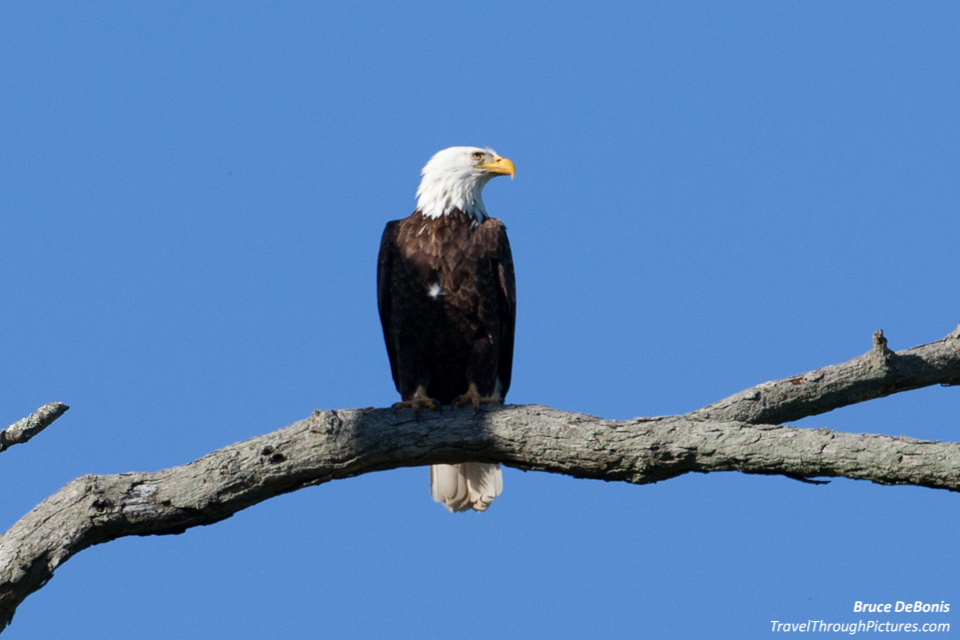
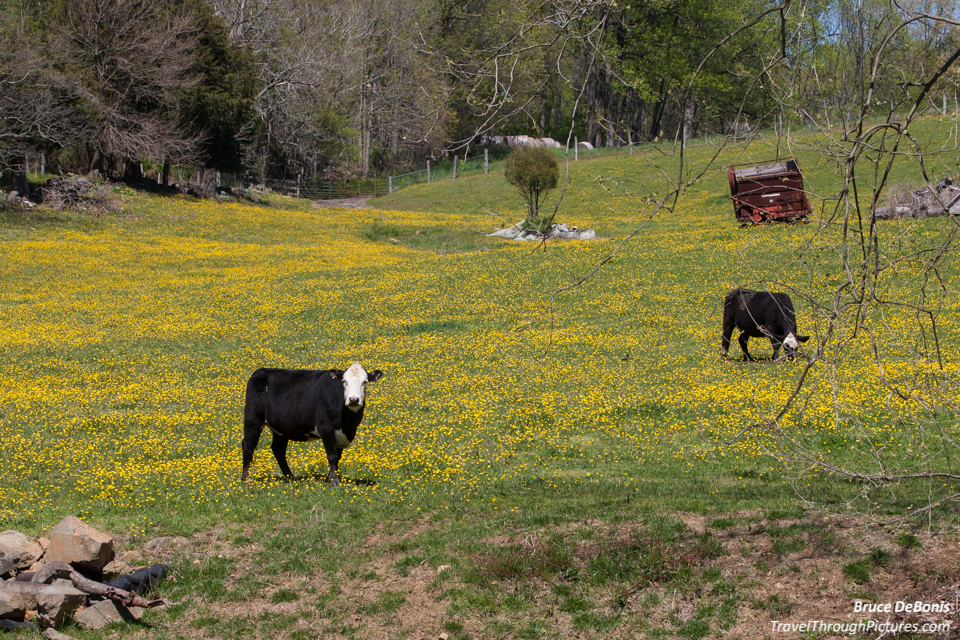
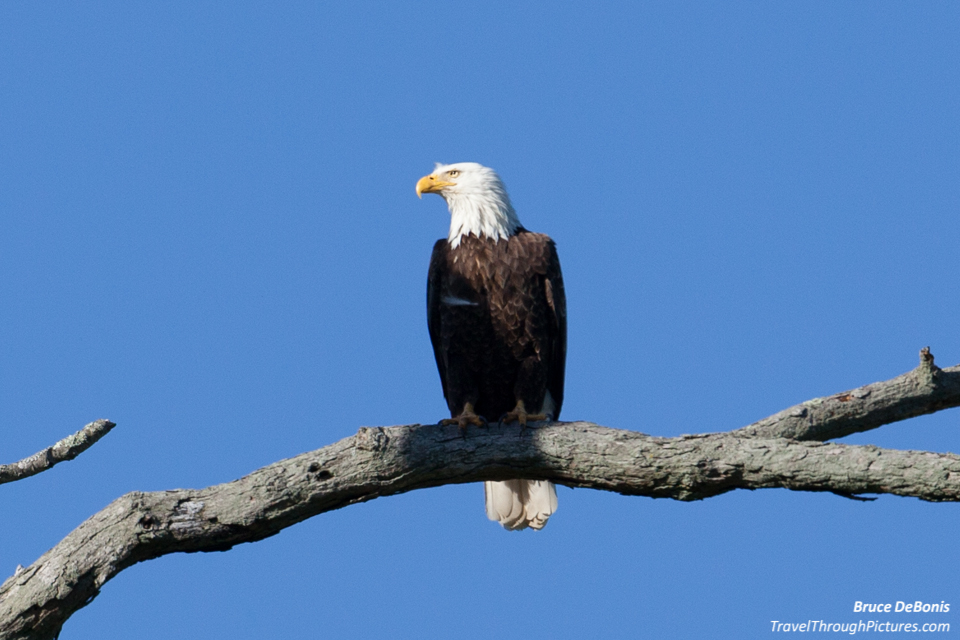

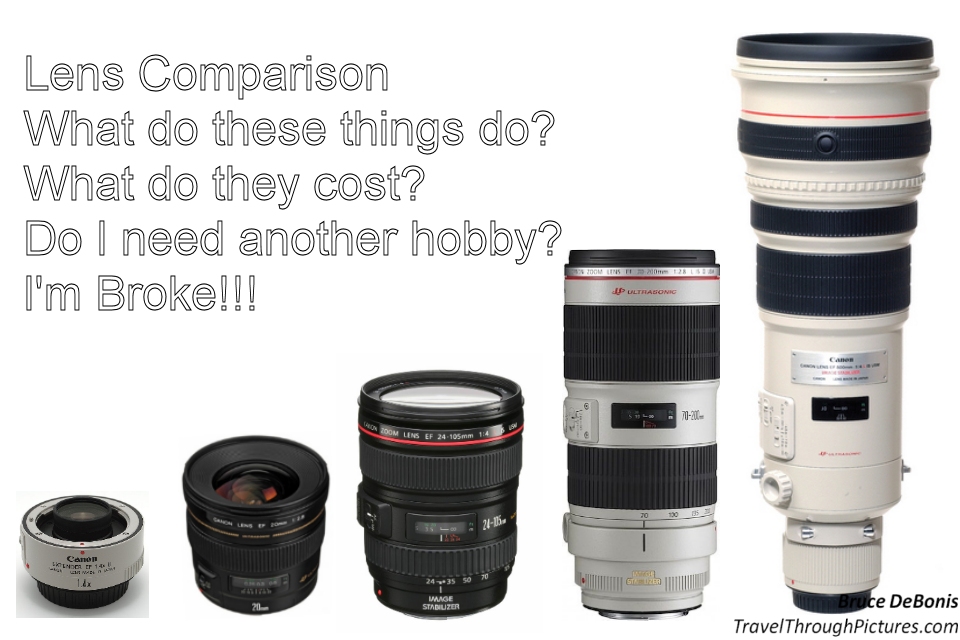
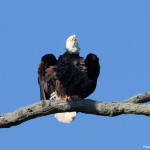
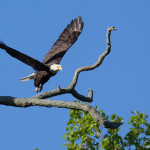
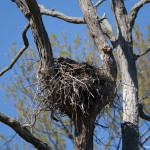
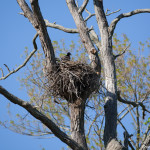
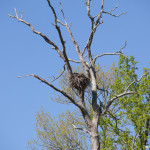
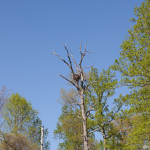
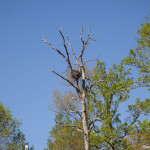
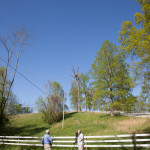
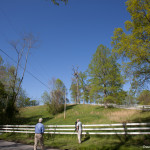
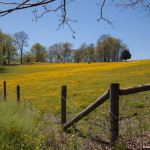
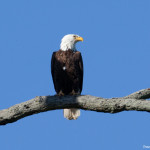
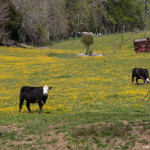
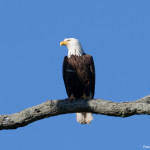
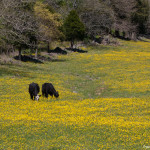
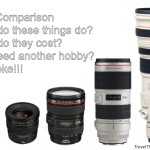
2 Responses to “Lens Comparison What Millimeters Do”